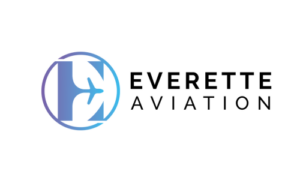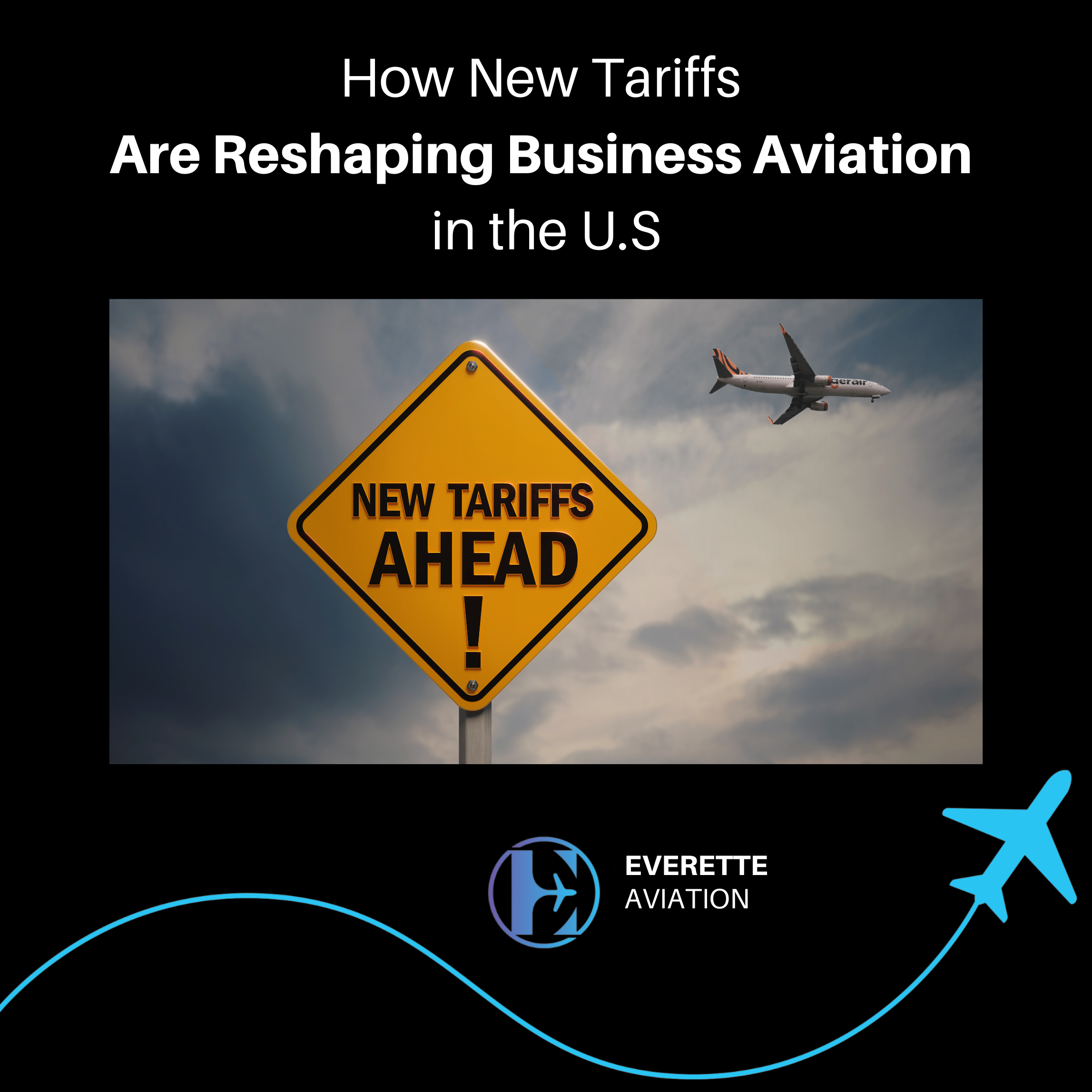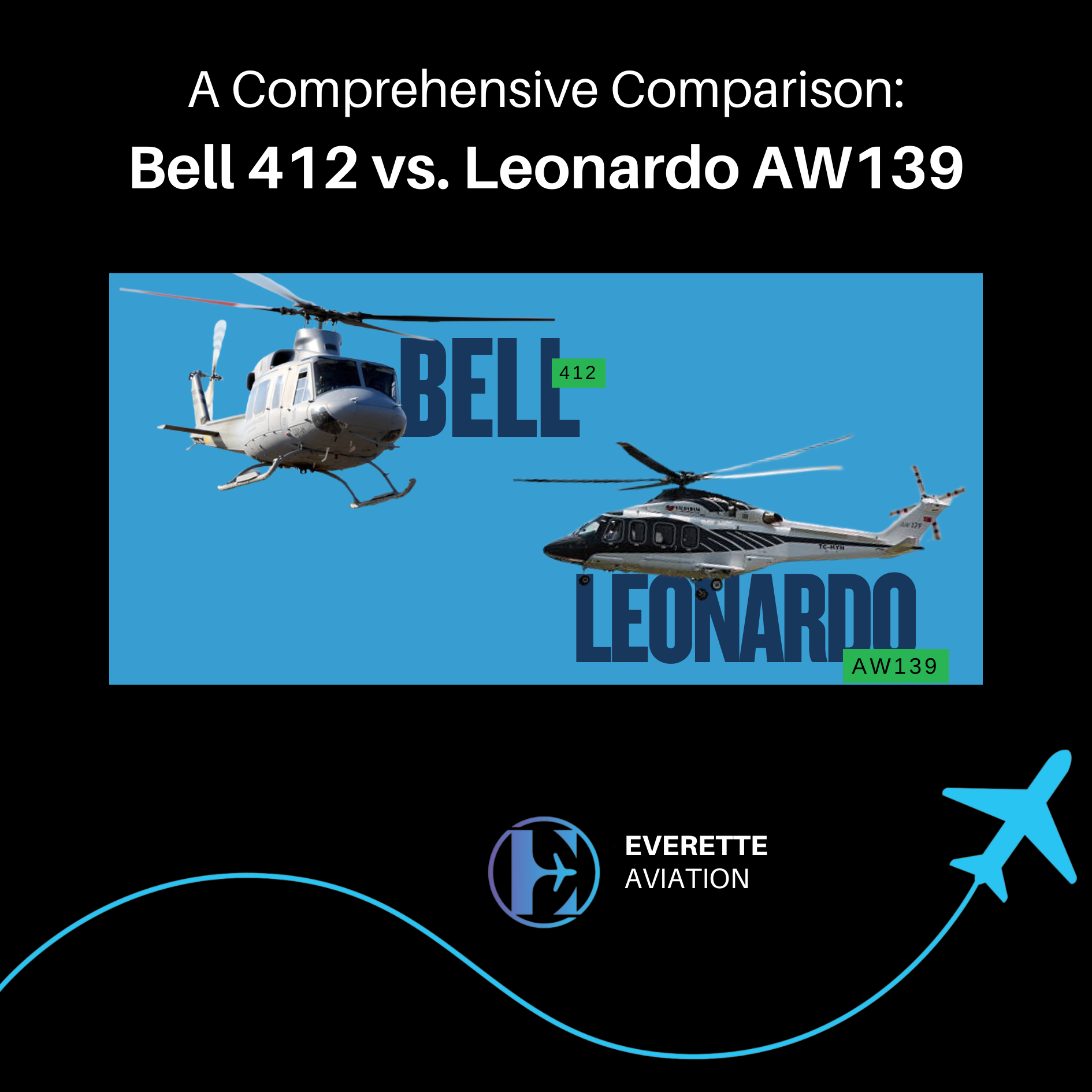As new tariffs take effect in the United States, much of the conversation has focused on their impact on commercial aviation and global trade. But behind the scenes, the business aviation sector—which includes private jets, corporate aircraft, and charter services—is quietly bracing for major changes. These new trade measures are raising costs, complicating transactions, and threatening competitiveness for an industry that thrives on speed, flexibility, and global reach.
✈️ Tariffs Driving Up Aircraft Costs
At the heart of the issue is the increased cost of purchasing business jets, particularly those built overseas. Aircraft from manufacturers such as Bombardier (Canada), Dassault (France), and Embraer (Brazil) are now subject to additional tariffs when imported into the U.S. For operators and high-net-worth individuals, this translates to significantly higher acquisition costs.
Even domestic buyers who depend on globally sourced parts and components will feel the pinch. Aircraft assembled in the U.S. often include imported avionics, engines, and structural materials, many of which are now also subject to tariffs.
🔧 Maintenance, Parts, and Operations: A Costly Equation
Business aviation relies on precise, time-sensitive maintenance—and much of that depends on imported parts and systems. With new tariffs on items like aluminum, electronics, and composite components, routine maintenance and upgrades are becoming more expensive.
This also affects maintenance, repair, and overhaul (MRO) operations, which will have to pass on higher costs to aircraft owners and charter operators. Longer wait times for parts and increased repair expenses could make it more challenging for operators to meet service standards and availability commitments.
💼 Pressure on Charter and Management Firms
Private jet charter companies and fleet management providers are particularly vulnerable. These firms operate on tight margins and depend on predictability in both costs and operations. With rising import duties, they now face:
-
Higher operating expenses
-
More complex compliance requirements
-
Potential resistance from clients as pricing increases are passed along
Companies offering fractional ownership or jet card programs may need to revisit pricing models, especially for aircraft that are foreign-built or heavily reliant on imported systems.
🧾 Transactional Complexity on the Rise
Cross-border aircraft transactions are becoming significantly more complex. Buyers and sellers must now navigate a patchwork of:
-
Import duties
-
Tax implications
-
Customs regulations
Aircraft imported from Canada, Mexico, or the European Union may face specific tariffs, altering the calculus for buyers. Legal and financial advisors are increasingly needed to structure deals in a way that minimizes tax exposure—adding time and cost to transactions that were previously straightforward.
📉 Resale Market Uncertainty
The pre-owned aircraft market is already seeing signs of uncertainty. With costs rising and economic conditions fluctuating, some buyers are hitting pause. Sellers may struggle to recoup investments, particularly if their aircraft are subject to new tariffs or if compliance documentation becomes more burdensome.
This could slow down transactions and depress resale values, especially for aircraft with complex international ownership histories.
🌍 Global Competitiveness and Strategic Shifts
Finally, the new tariffs may push U.S.-based companies to restructure ownership models or move operations to jurisdictions with more favorable trade conditions. Business aviation has long relied on a global network of manufacturing, maintenance, and financing. These changes could shift that network in unpredictable ways.
Companies that manage international fleets or offer worldwide charter services may need to rethink sourcing strategies, flight routing, and service hubs.
✍️ Final Thoughts
While commercial aviation may grab the headlines, business aviation is quietly entering a period of higher costs, regulatory complexity, and strategic recalibration. For an industry that sells speed and convenience, this new environment is anything but.
As the full impact of the tariffs continues to unfold, one thing is clear: stakeholders in business aviation will need to stay agile, informed, and ready to adapt to a rapidly changing landscape.








